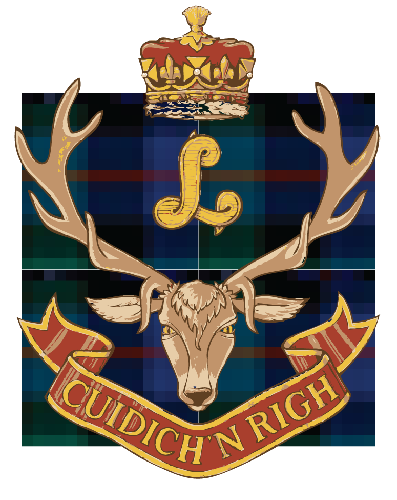Ortona - 1943
The Battle of Ortona
World War II: December 20-28th, 1943
THE BATTLE OF ORTONA
From Dec 20-28th 1943, a small sea town in Eastern Italy on the Adriatic Sea witnessed a short, high intensity conflict so fierce, it became known as “Little Stalingrad”, and exposed a new breed of close quarter battle that would influence combat techniques for years to come. The battle of Ortona, fought between a battalion of elite German paratroopers from the German 1st Parachute Division and the soldiers of the 2nd Canadian Infantry Brigade of the 1st Canadian Infantry Division, of which the Seaforth Highlanders of Canada were a part, would become one of the bloodiest encounters of the Italian campaign.
As with many other battles in the Second World War, the Seaforth Highlanders of Canada under the then command of Lieutenant-Colonel Syd Thompson faced a deeply entrenched enemy. Ortona was particular however, in that very rarely had the Seaforths faced the trials and tribulations of fighting in built-up areas since the invasion of Sicily in the summer of 1943. To make matters worse, the German paratroopers had more than sufficient time to familiarize themselves with the town’s layout and to develop a resilient defensive strategy. Facing no other option but to advance and secure the town, it was the open killing grounds on the streets of Ortona that forced the Seaforths to adopt innovative and unpredictable tactics to clear the tightly packed buildings surrounding them. Within a week of fighting, the Seaforths had developed their close quarter battle skills sufficiently enough to measure their advancements in rooms taken and buildings seize, as opposed to mere feet short days before. The skills and experience gained in these battles shaped and developed room and building clearing techniques that are still widely used today.
Christmas 1943: Piazza Vittoria, Ortona, Italy. This is one of the very few combat photos in our collection. This scene was being swept with sniper fire when the photo was taken. In the foreground we see medics treating two wounded men. The wounded man on the left was a tank officer shot by a sniper while in the hatch of his tank. In the centre a medic sprints toward another casualty. The wounded man on the right is a second armoured soldier named Sgt Johnny Marchand of the Three Rivers Regiment who was also hit by a sniper, and in the background we see two Three Rivers Sherman tanks firing at the enemy.
It became clear however, that the lack of man power and the difficulty of the task at hand weighed heavily on the troops’ morale. Sensing despair and exhaustion in the men, Captain D.B. Cameron, the Seaforth Quartermaster took it upon himself to undertake the logistical nightmare of hosting a first class Christmas dinner for the Seaforths in the battered Santa Maria Di Constantinapoli church in the south-east part of town that after being taken, served as the Seaforth’s headquarters. On the evening of the 24th of December, Captain Cameron and his men arranged an elaborate seating plan with white table cloths, soup, pork and Christmas pudding. Each man also received a bottle of beer, fruits, nuts, candies and cigarettes. In order to maintain their aggressive advance, individual companies ate dinner in rotations, each enjoying the festive celebration and then returning to the front to relieve the next.
In December 1943, the Christmas dinner held at the church within the embattled town of Ortona, offered the men of the Seaforth Highlanders of Canada a short relief from the strain of battle and allowed them, if only for a short time, to relish in the festive spirit of Christmas. Little did Captain Cameron know that Christmas Eve, he had set the foundation for an annual tradition that still is maintained to this day. Every December, “The Seaforths” commemorate the battle of Ortona by staging a dinner much the same as the World War 2 original. The menu is nearly identical, and the dinner allows past and serving members of the Seaforths an opportunity to remember and celebrate the accomplishments of their Regiment in one of the most arduous and costly battles of the Second World War.
ORTONA GALLERY
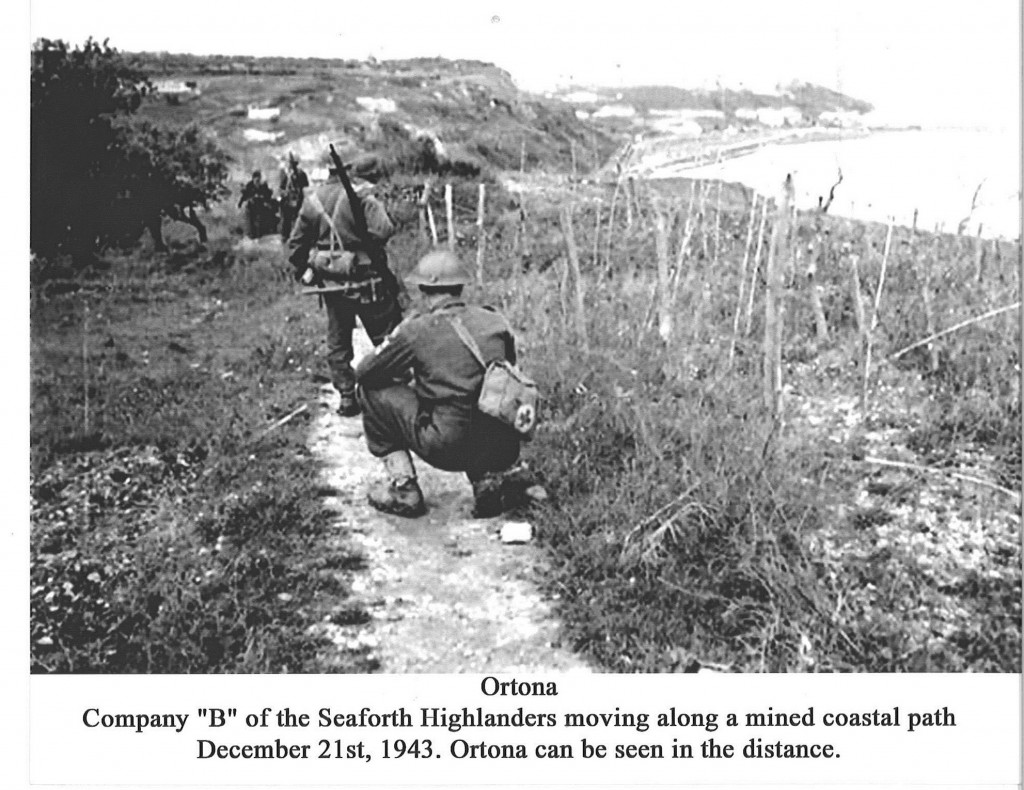
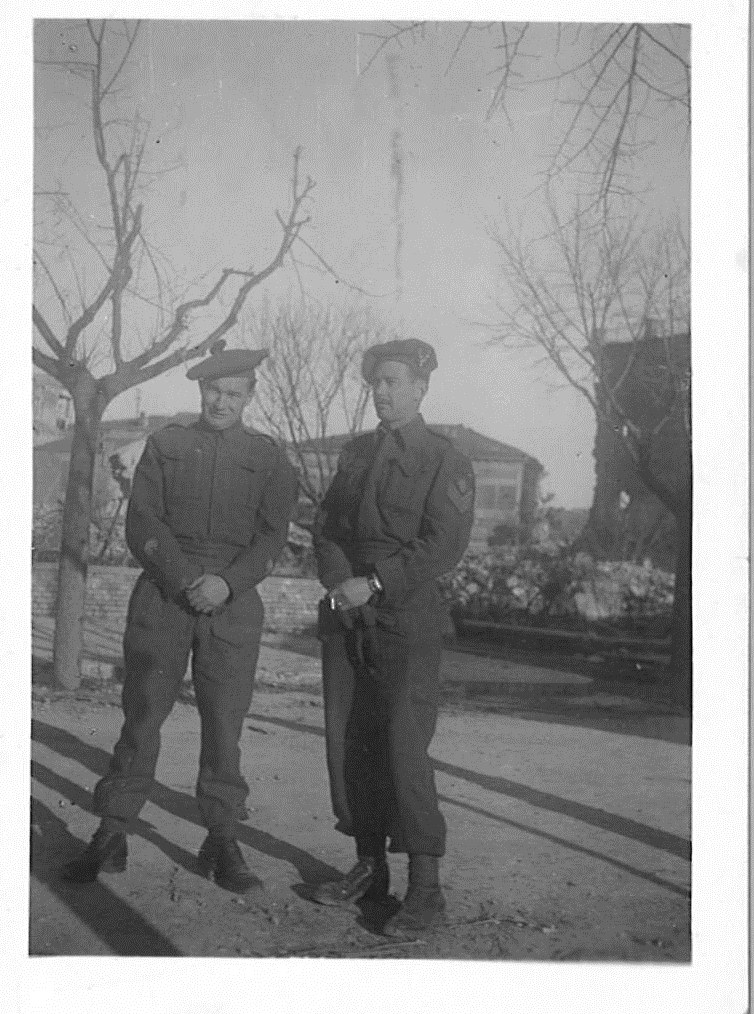
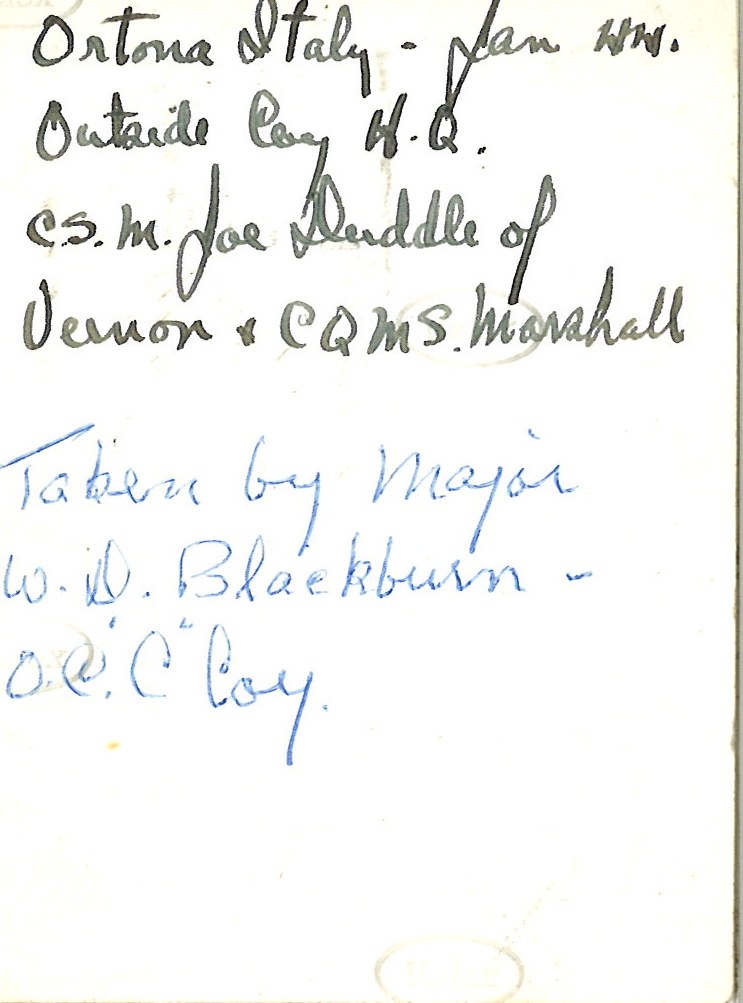
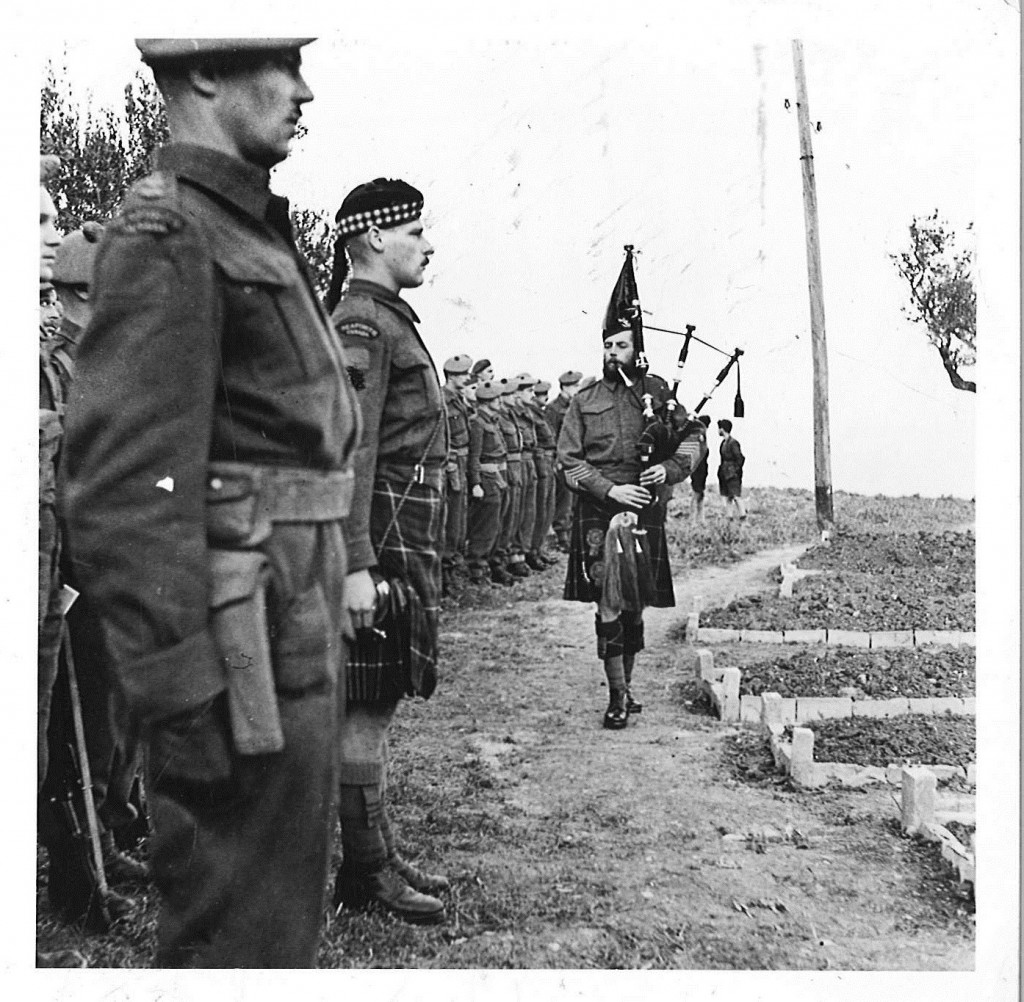
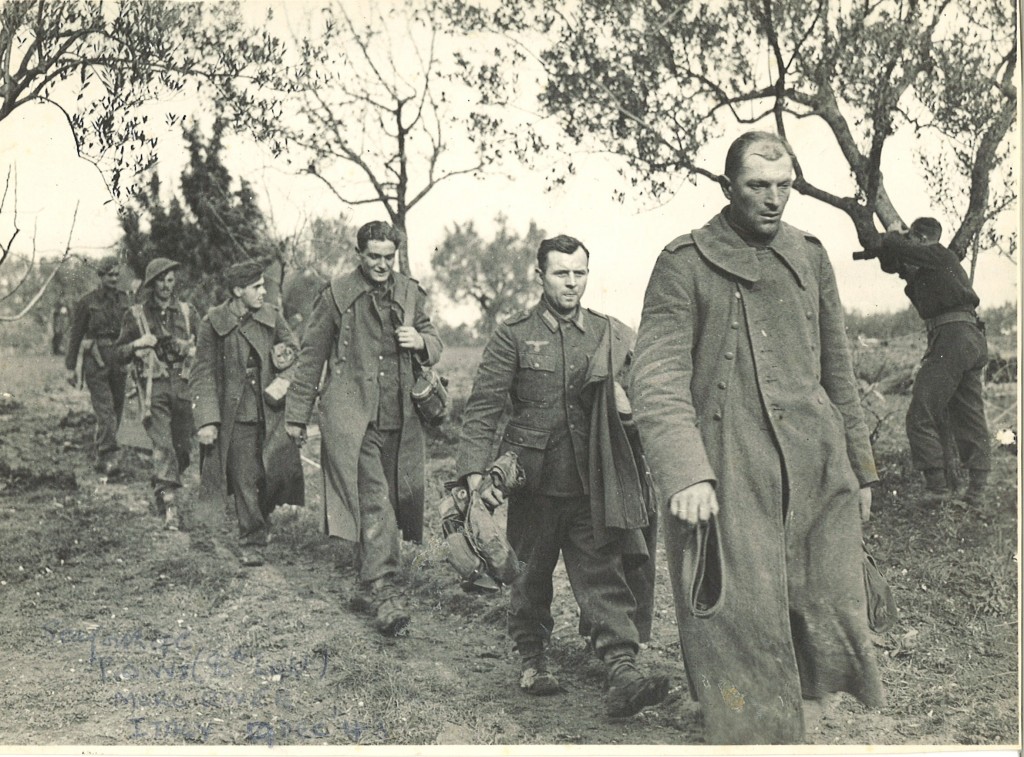
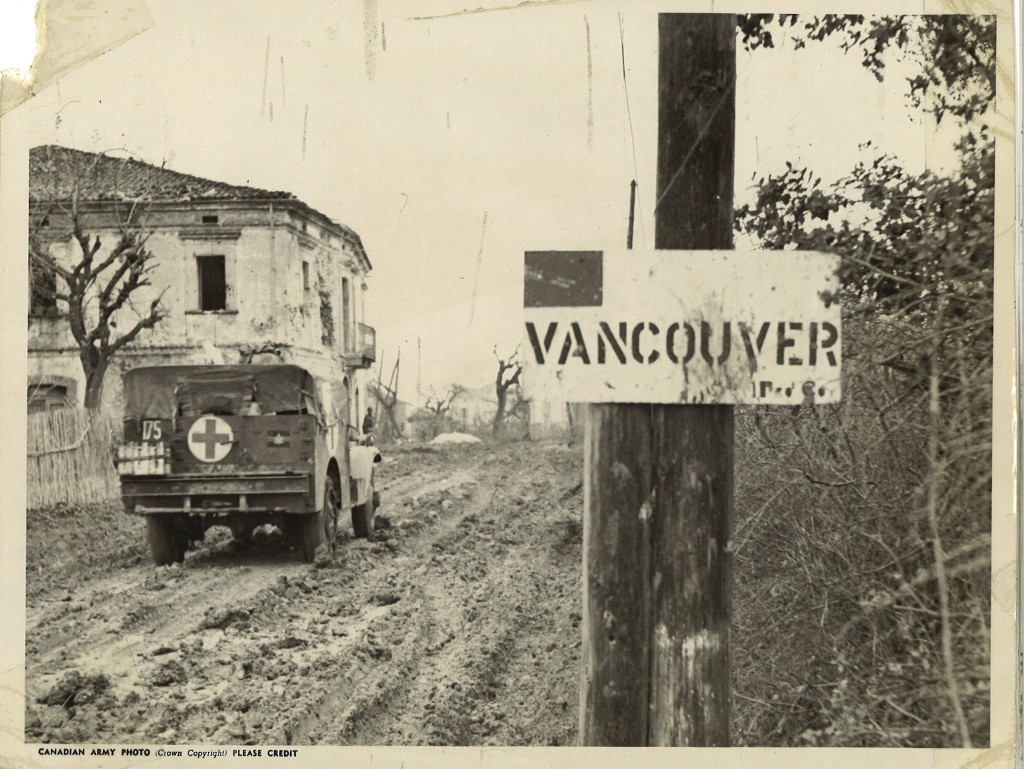
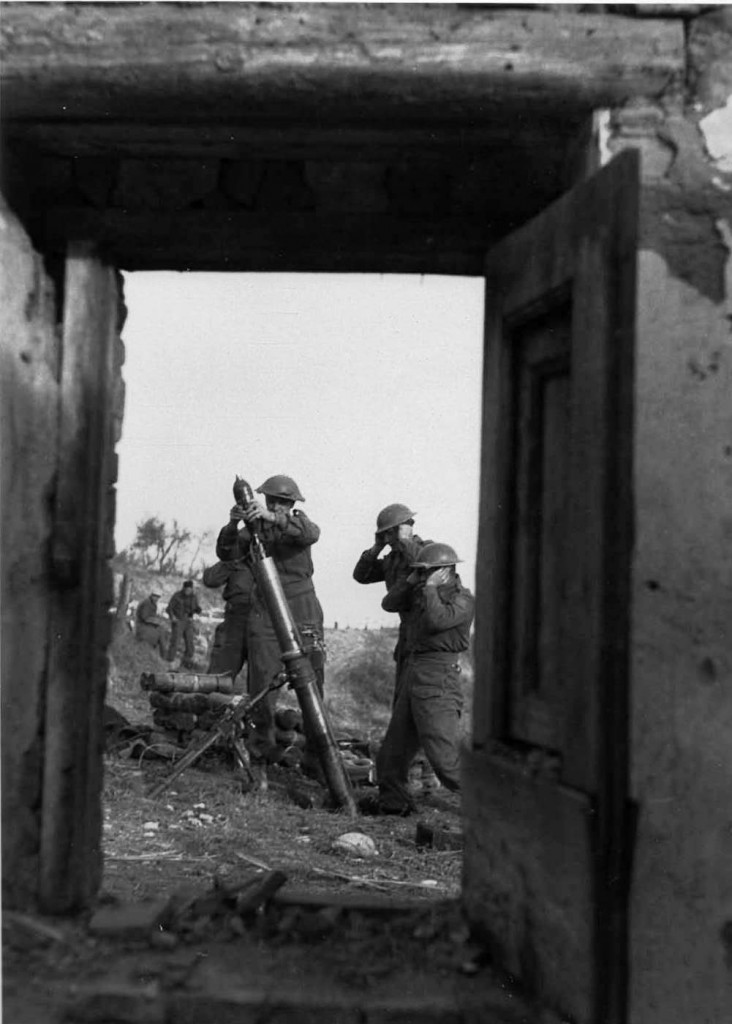
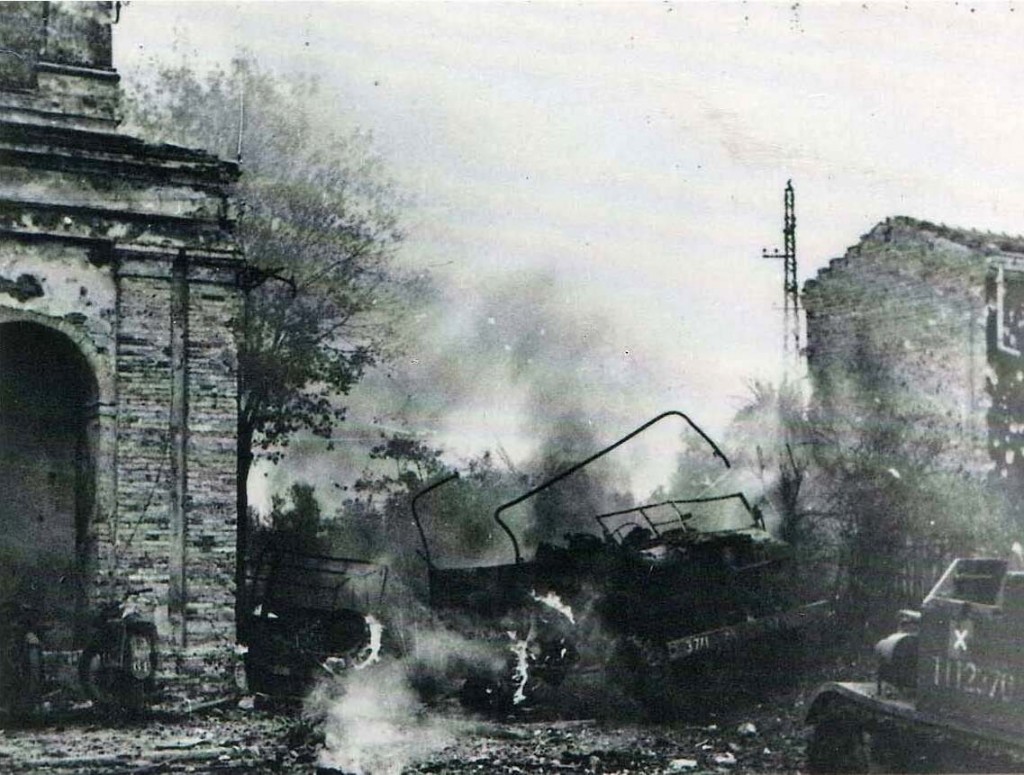
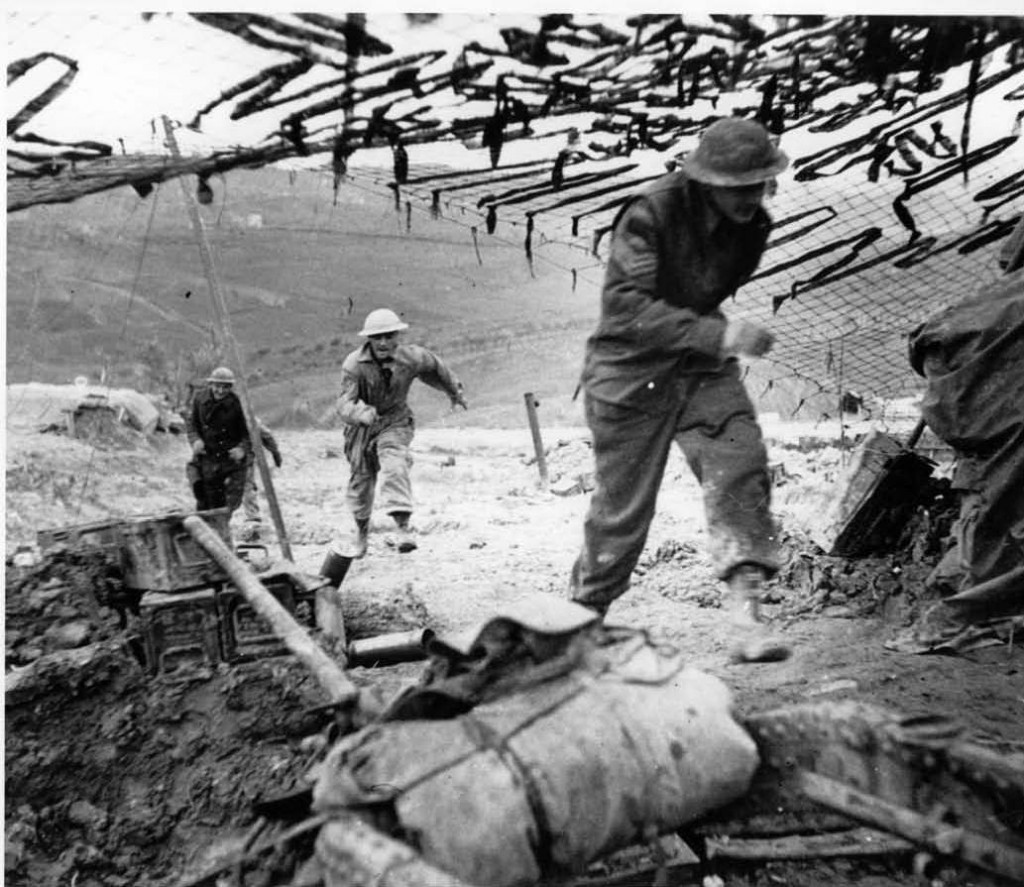
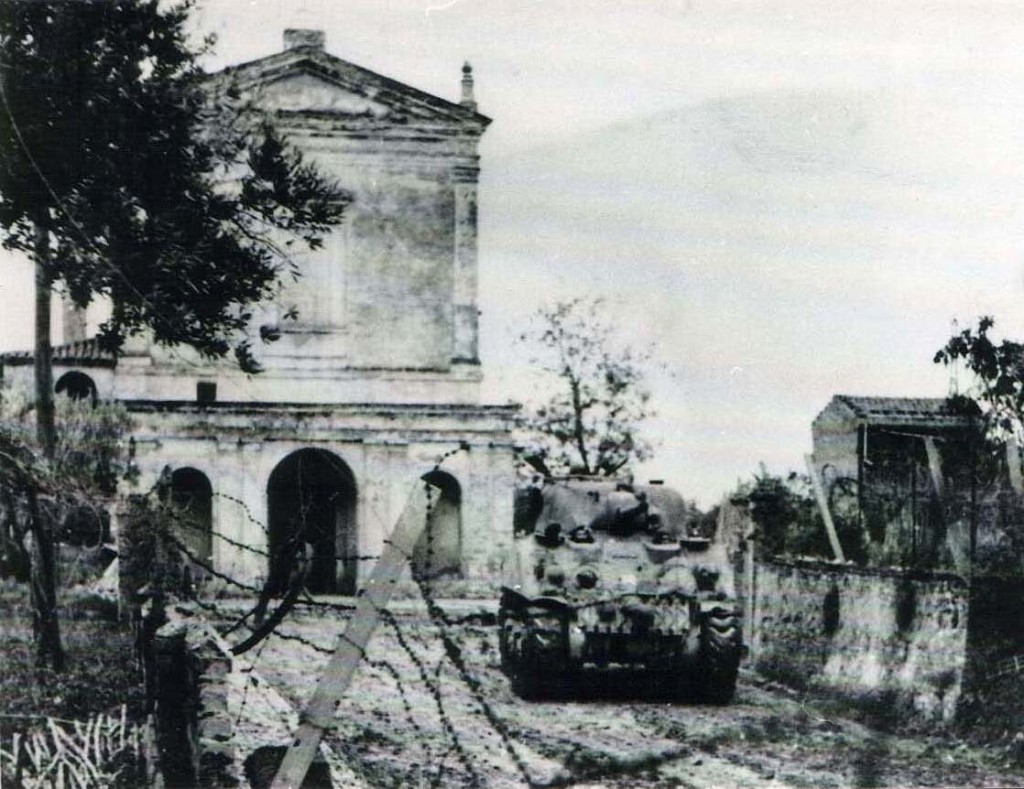
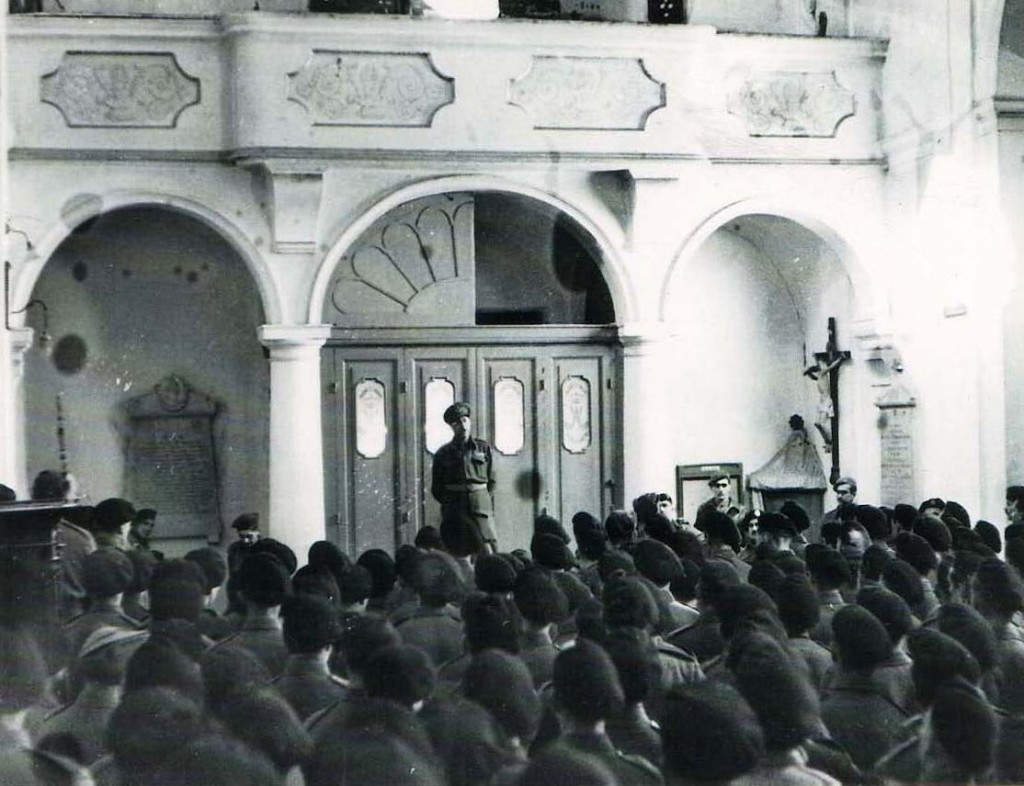
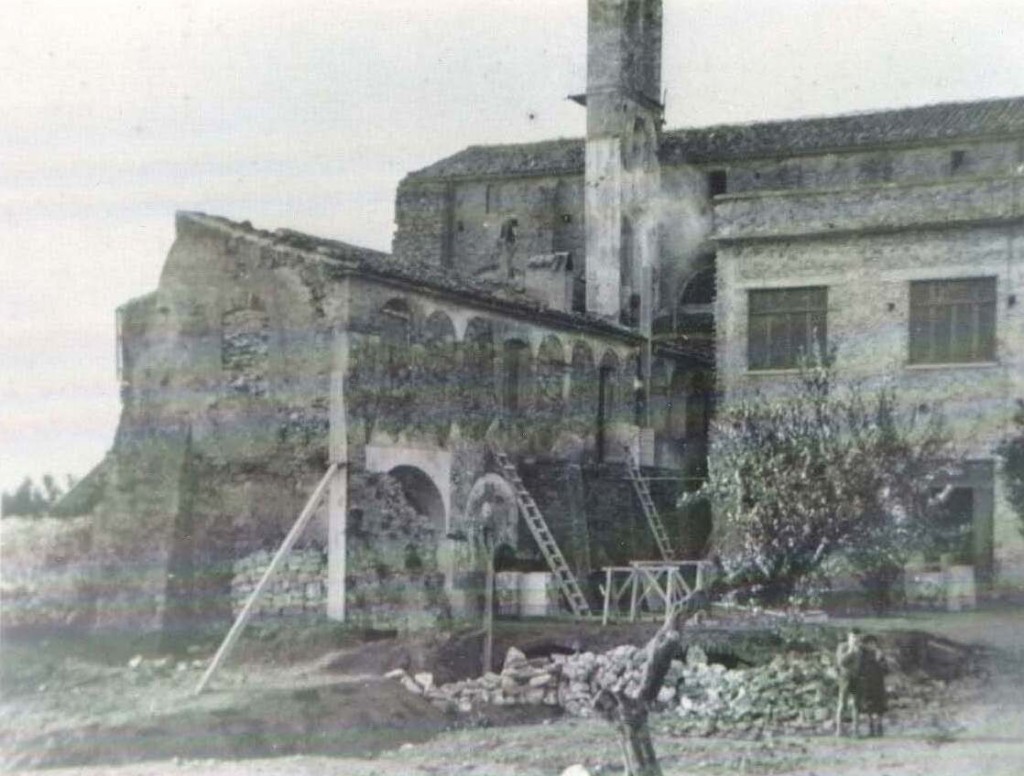
THE MYSTERY OF THE CHRISTMAS DINNER PHOTO REVEALED
What was considered to be a minor objective in the offensive to capture Rome during the Italian Campaign of the Second World War, Ortona became the scene of one of the bloodiest battles in Canadian history. On 20 December 1943, the Seaforth Highlanders of Canada, the Loyal Edmonton Regiment and the 12th Canadian Armoured Regiment entered the town of Ortona, engaging in some of the fiercest street fighting during the Second World War. What became known as “Little Stalingrad”, the Canadian infantry took Ortona in 8 days of bitter warfare, quite literally street by street and house by house.
In the decades after the Second World War, a photograph emerged that became a symbol for the battle of Ortona. On December 25th, just blocks from the front line, men rotated back for a shared Christmas dinner then returned just as quickly to the fighting, many killed only moments later. A rare photo of the Christmas dinner being served to the troops became a symbol of civility amidst the horrors of war. It also served as a Regimental icon of the Seaforth Highlanders’ remarkable experience in the Church of Santa Maria di Constantinopoli on Christmas Day, 1943.
Some years ago, however, doubt was cast on the authenticity of the photo. When closely examined by Seaforth veterans present at the Christmas feast in the church that day, they realized this photo wasn’t their dinner.
WAR DIARIES
ANALYZING THE BATTLE
The Canadians at Ortona: Putting the Lie to Hart and Stacey’s
“Donkeys Led by Lions” by MCpl Jonathan Avey
Far from being a simple, straightforward process, the state of war is one of confusion and chaos. This is equally true for the individual soldier, and in a different but no less potent way, for higher commanders. These commanders, who, by the nature of their job, are required to attempt predicting the course of events days, weeks, and sometimes months in advance, are required to take far more into account than mere military strength. While numbers of soldiers, available equipment, and training are factors that must be considered, there are other dynamics, such as morale and leadership, which can strongly influence the outcomes of engagements that are not easily measured or predicted. When military commanders plan the deployment of their troops, operations are planned with a focus on the strategic importance of the operation at hand. Due to the nature of war and its unpredictability, however, forces sometimes find themselves engaged in battles for territory or objectives that have little strategic value. The Battle of Ortona was one such battle and victory for Canadian forces in Italy. Despite that both sides considered the town of Ortona to be of minimal strategic importance, the fierce fighting in what would become known as “Little Stalingrad” received much attention from the world press, and continues to be remembered to this day as one of, if not the most unconventional battle of the Second World War. Much more than being simply a transition point during the Italian Campaign, however, Ortona was granted a position of importance in the historical annals of the Italian Campaign not because of its value as a strategic asset, but because of the esteem earned by the Canadian troops who defeated one of Hitler’s finest divisions through their prodigious skill and ingenuity, excellent leadership, and exceptional courage in combat.
